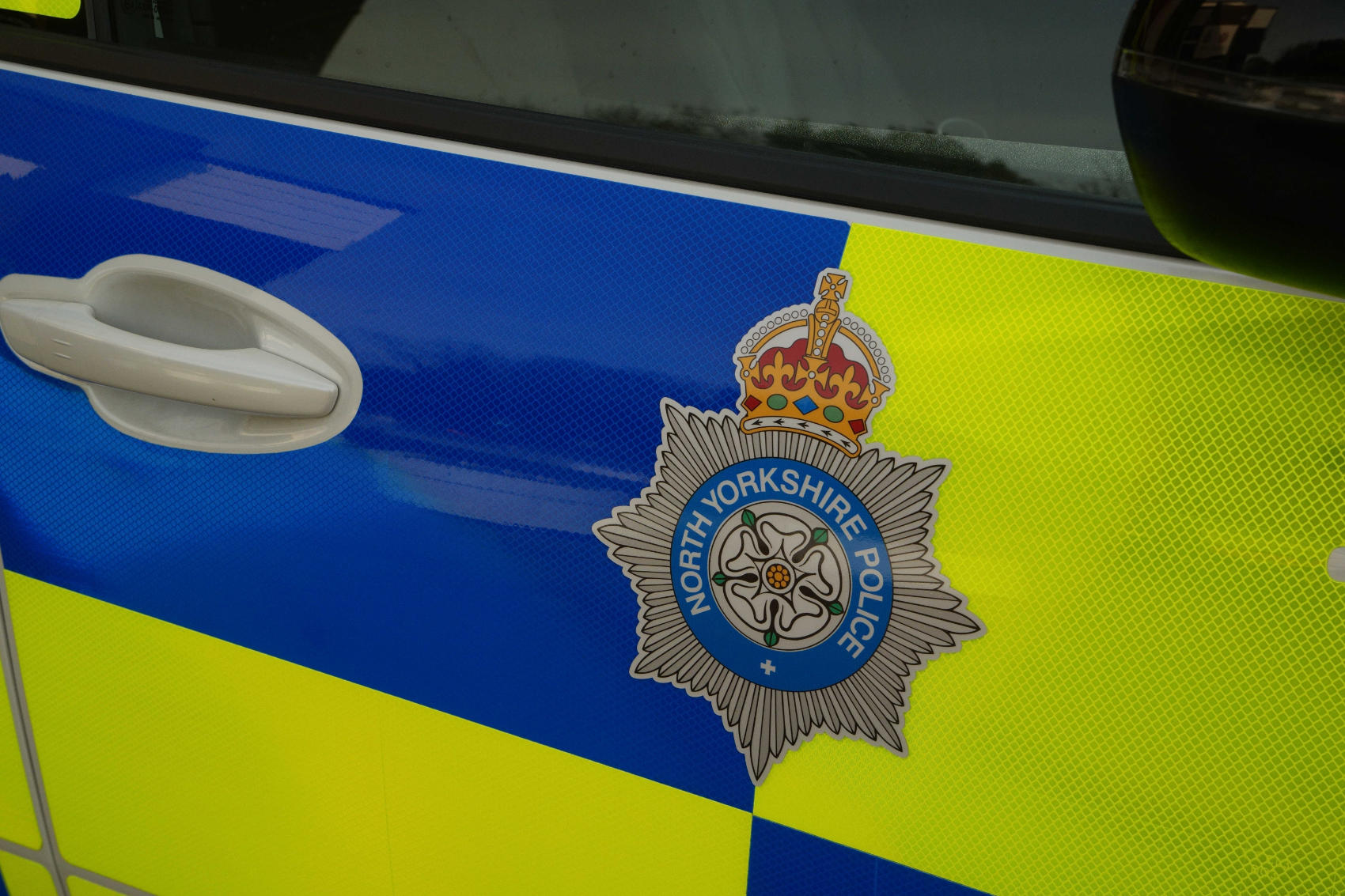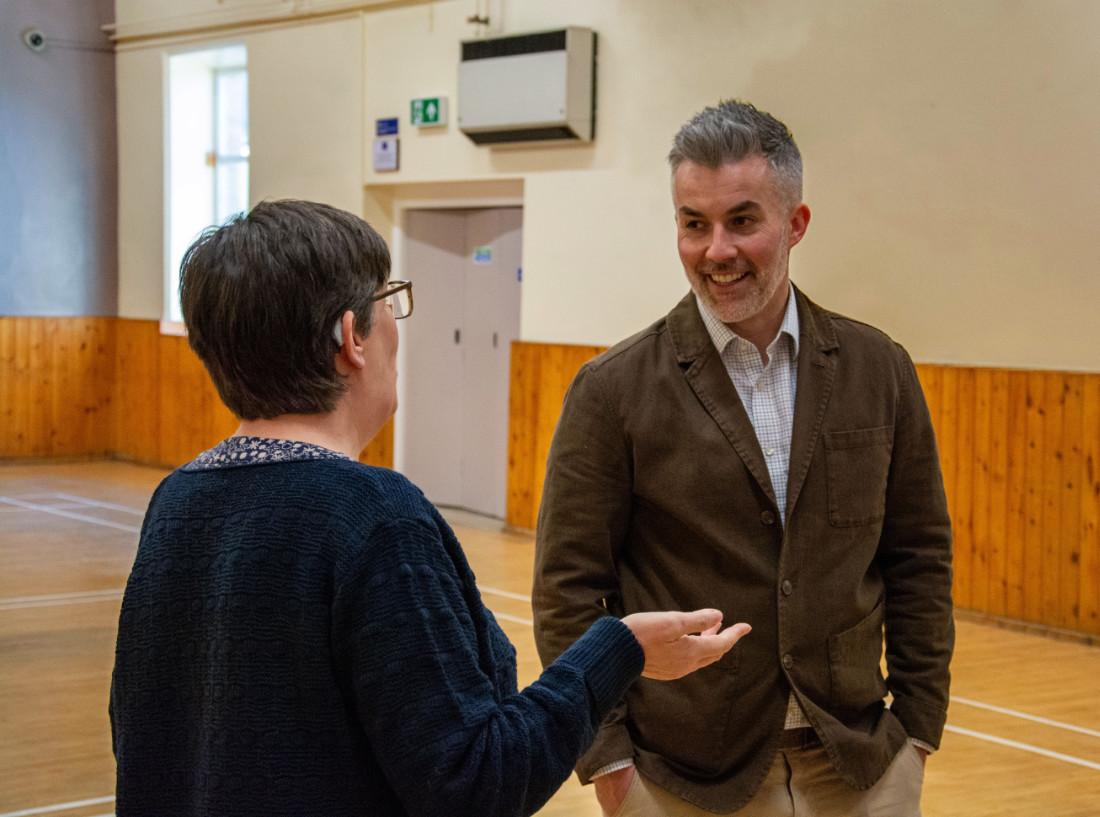Superintendent Richard Anderson has taken the helm of the Force Control Room (FCR) at North Yorkshire Police.
Based at York, the FCR is the very nerve centre of operational policing. Its performance is essential in the fight to keep North Yorkshire and the City of York the safest and lowest crime area in England.
Supt Anderson was promoted to Head of Communications Directorate having enjoyed a successful two-and-a-half years as Selby Safer Neighbourhood Commander.
He succeeds Supt Glyn Payne who, most recently, delivered the major projects of centralising the FCR from two sites to one, and the introduction of the automated switchboard and 101 national non-emergency number. He has been appointed Scarborough and Ryedale Safer Neighbourhood Commander.
Supt Anderson said:
It is a great honour to take over the leadership of the Force Control Room from Superintendent Payne. I am delighted to be working alongside FCR Manager Jane Larkin, the FCR Chief Inspectors and the whole team.
I know from first-hand experience that the FCR team delivers a highly professional and dedicated service 24 hours a day, seven days a week. They are the essential link with the public in handling emergency and non-emergency calls, and are directly involved in managing incidents and deploying officers and resources where they are most needed. This is often done under the most severe of pressure when life is hanging in the balance.
I do not underestimate the personal challenge that leading the FCR team will bring. I am determined that the outstanding work that has already been achieved during this significant period of transformation will be built upon in the months to come.
Deputy Chief Constable Tim Madgwick, who has overseen the major reorganisation of the FCR, said:
I thank Superintendent Glyn Payne for the excellent work he has done during his time in the Force Control Room and I wish him well in his new post at Scarborough and Ryedale.
The major changes introduced during the past year in particular, are making a real difference to further improve the service provided to our communities through increased efficiency and effectiveness.
I welcome Superintendent Richard Anderson in his new role and I am confident that the future success of the FCR is in safe hands.
Performance on the up
Now that the new ways of working have bedded in and staff training completed, the centralisation of the FCR in York has had a positive effect on call-handling and attendance performance.
The average time to answer non-emergency calls was 24 seconds in January 2012, compared to 42 seconds in May 2011 when the conversion from two FCR sites to one began.
In terms of 999 emergency calls, the average time to answer was just 5 seconds in January 2012 compared to 8 seconds in May 2011.
This is reflected in the reduced times it is now taking for police officers and PCSOs to be dispatched to incidents.
For incidents that require an immediate response in urban areas, the average attendance time was 9 minutes and 12 seconds in January 2012 compared to 11 minutes and 18 seconds in May 2011. For rural areas, the average time has come down to 13 minutes and 42 seconds from 14 minutes and 54 minutes during this period.
Average times have also been reduced by 12 minutes and 36 seconds for attending vulnerable person incidents, from 53 minutes and 12 seconds in May 2011 to 40 minutes and 36 seconds in January 2012.
Priority incidents were attended in average time of 48 minutes and 48 seconds in January 2012 compared with 56 minutes and 24 seconds in May 2011 – a reduction by 7 minutes and 36 seconds.
Mr Madgwick said:
Residents in North Yorkshire and the City of York can be greatly reassured by the call-handling performance by the Force Control Room since the major changes were introduced. The improved attendance times is testament to this increased efficiency and effectiveness.
I thank local people for their understanding and patience during this transitional period, not least the Force Control Room team who have displayed their professionalism and adaptability throughout.
With the roll-out of the national 101 non-emergency number and the automated switchboard allowing direct contact with police officers and PCSOs, we are aiming to increase performance as we progress through 2012 and beyond.






